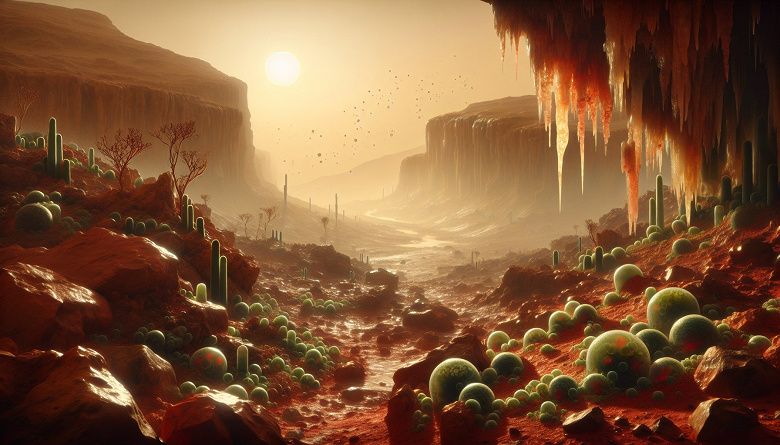Scientists have discovered rock formations and minerals that indicate the possibility of microbiological activity and a stable source of energy on Mars
Recent scientific research has provided additional evidence about the possibility of life in the subsurface zone of Mars. Scientists have discovered that this region contains rock formations that are rich in iron and magnesium — important components for creating a favorable living environment.
To more accurately study these geological formations, the researchers used the Geochemist's Workbench computer program. They simulated the chemical reactions that occur between Martian meteorites, the composition of Lake Jezero, and various types of Martian waters — including salt and alkaline waters. For the modeling, data on the composition of the ALH 77005 (Allan Hills 77005), Nakhla and Chassigny meteorites, as well as rock samples examined by the Perseverance rover — Maaz (Máaz) and Seytakh (Séítah).
From the simulation results, it is clear that the main minerals formed from the reactions include mica minerals such as serpentine. Observations using the CRISM orbiter confirm the presence of these minerals on the surface of Mars. This indicates recent water-related activity and a constant source of energy available to support microbiological life.
The scientists also provided a list of minerals that can be used to determine and study past activities, including those related to water, and indicators of microbiological activity. This is important information that will help select optimal sites for further astrobiology research on Mars.
Exploring these subsurface zones of Mars represents a unique opportunity to deepen our understanding of the possibility of life on this planet.

